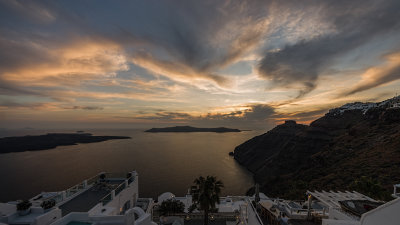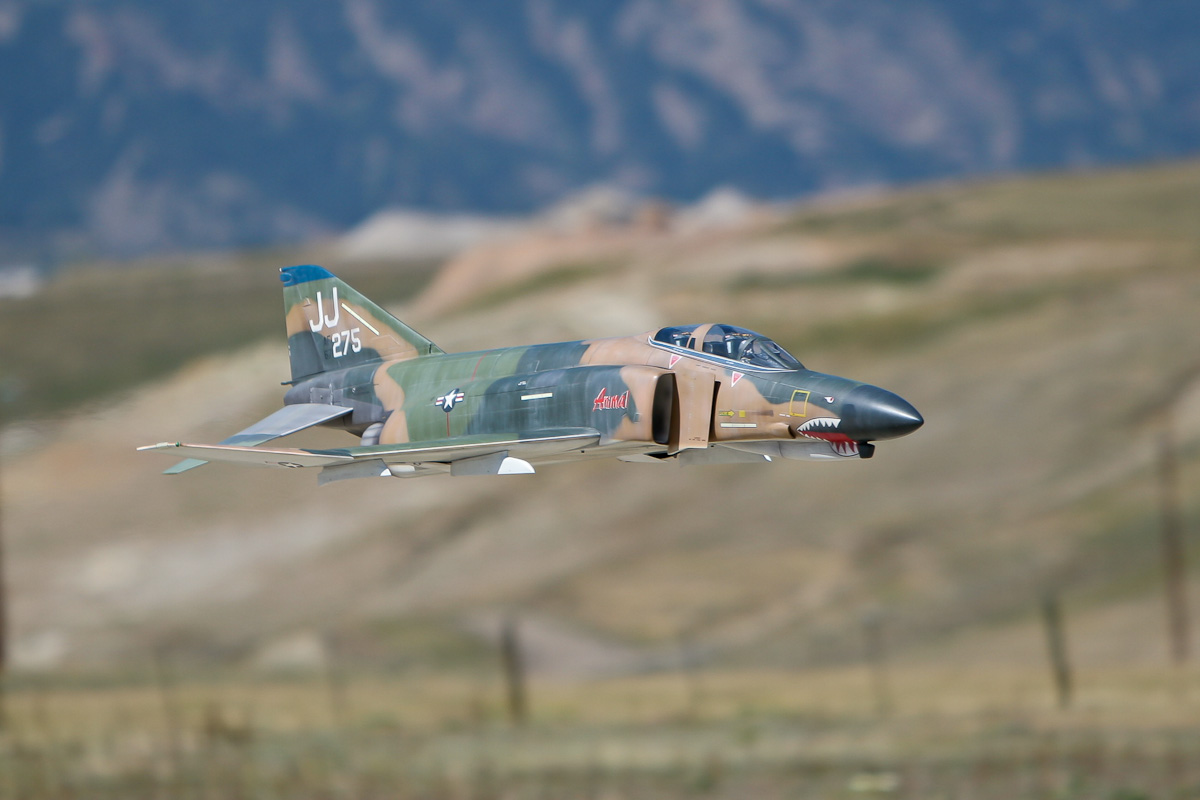Don't tell me you were using the EVF for the astro image? Is the LV that bad?
What? It's a mirrorless camera. Whether I choose to view on the LCD or through the EVF is immaterial.
Actually, it isn't, when you're trying to show the superiority of the mirrorless over the mirrored:
Use a mirror and OVF with a lens at f/22 and with a ND filter on the front of it and try to focus.
Like
this guy demonstrates ... you won't see a thing.
Are you deliberately dense or just socially retarded? This was dealt with earlier in the thread.
A modern DSLR offers the best of both worlds. Most of the time, an OVF works better than an EVF, and for those rare occasions when an electronic view may work better, the DSLR has LiveView.
This gives the DSLR user an option that the EVF user simply doesn’t have, as the EVF is always in LiveView no matter if the user is looking at the rear screen or the viewfinder.
And if you used EVF, I can't resist asking why? For that kind of shooting it appears to me that LV is superior to xVF, and I'd be curious to know why you used the EVF.
It's a mirrorless camera. If I'm pointing the camera up at the night sky at a steep angle, then I can use the tilting LCD to make viewing easier as I won't have to kink my neck up at an awkward angle to see through the EVF.
Or if it's a bright sunny day, viewing through the EVF can make things easier to see. With a mirrorless camera it isn't called live view mode. The sensor is always creating the view that you will get to see either way.
My experience has been that EVFs are difficult in bright sunny conditions, and LiveView is practically useless.
I question exactly what you think you are gaining by trolling this forum with one dimensioned stupidity?
I get that you have discovered a new religion and feel the need, like all the brainwashed sycophantic missionaries that have preceded you over the centuries, to ram your belief system down other people’s throats.
I get that you feel that yours is the one true way. What you don’t get is this is not some sort of Holy Crusade, it’s just a lump of plastic and wire, metal and glass. It’s not Rosary Beads or a cross, it’s just a machine. It cares not for your pontificating, it has no ego to satisfy. It just does what it’s told to do within it’s limitations.
Getting to limitations, consider the limitation of having one viewing method rather than two. The OVF camera has LiveView, the mirrorless camera does not have an OVF.
Choices are good, but you seem to be advocating for restriction.
This is not logical.


















